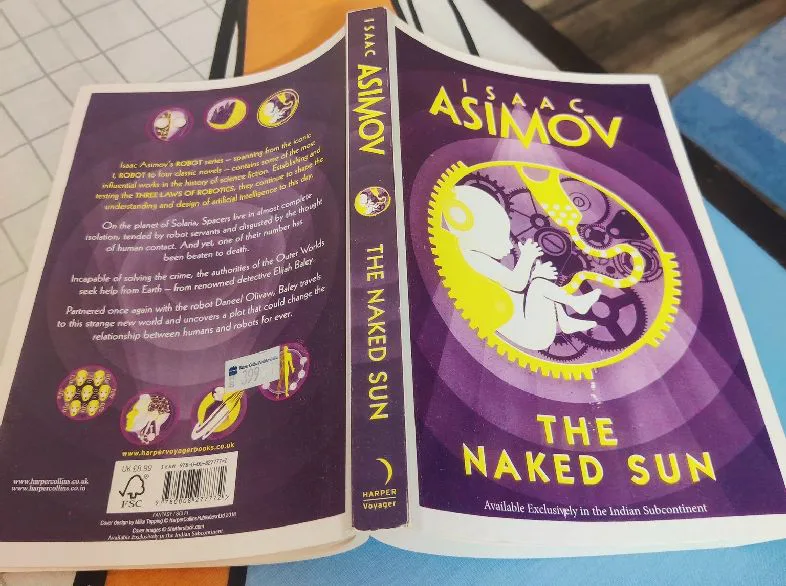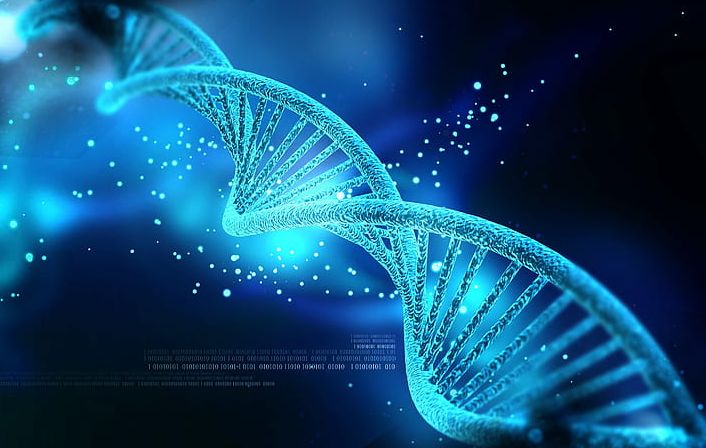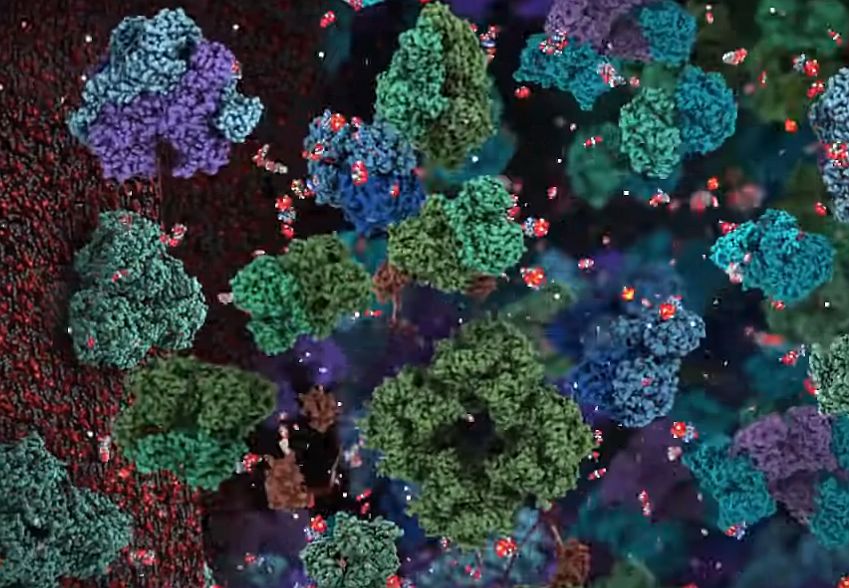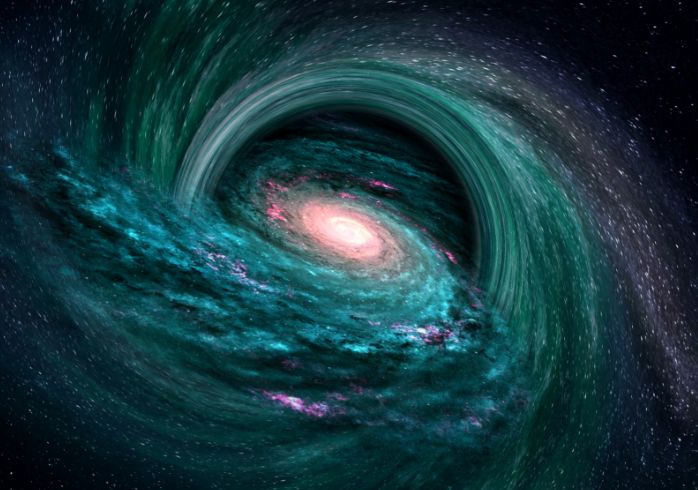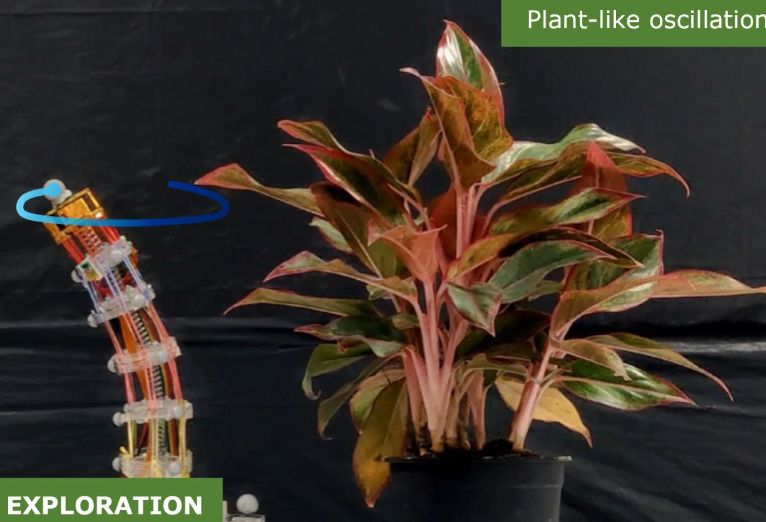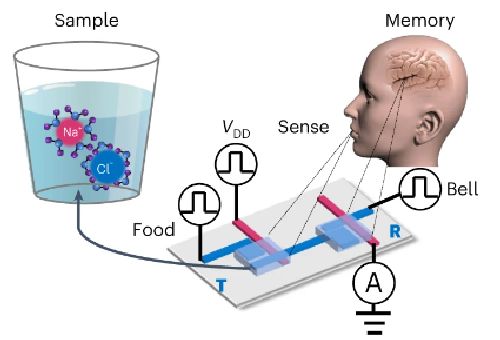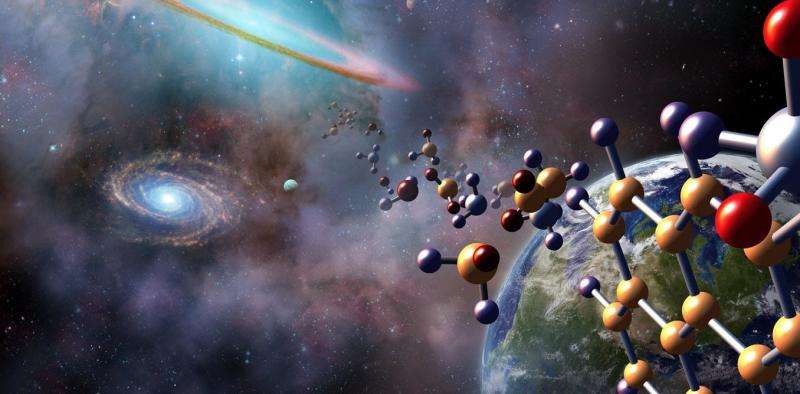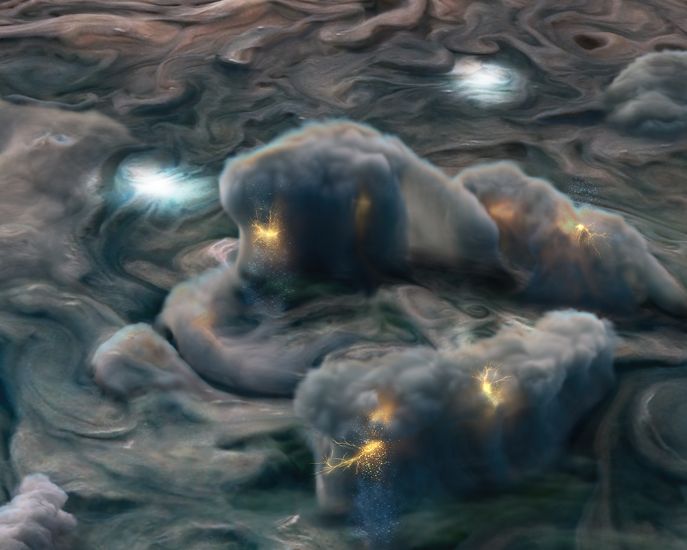The Naked Sun is a captivating and enjoyable murder mystery that remains highly readable, even after several decades. It was published in 1957. And it is the second instalment in Asimov’s ‘Robot’ series, succeeding The Caves of Steel, which was released three years prior. Asimov here presents a plethora of thought-provoking concepts, by exploring the boundaries of science, space, technology, psychology, and societal dynamics.
Read MoreAuthor: Pooja Kashyap
Interview: Dr. Ore Gottlieb, an Astrophysicist at Northwestern University, Illinois
Dr. Ore Gottlieb is a theoretical high energy astrophysicist. Currently, he is occupying Rothschild/CIERA Postdoctoral Fellowship position in Astrophysics at Northwestern University. His recent work on “Dying stars’ cocoons could be new source of gravitational waves” caught our attention and so we tried to touch base with him for an interview. We got lucky, as he agreed to spend some time with us.
Read MoreDNA Damage Repaired through Antioxidant Enzymes: Genetic Restoration
At the fundamental level, function of human cell is to convert nutrients into energy and useful products that sustain life. In the process, these cells give out certain waste products that otherwise cause harm to the inner environment. For instance, reactive oxygen species (ROS) molecule is one of the natural byproducts of cellular metabolism. ROS are highly reactive molecules that contain oxygen atoms with unpaired electrons.
Read MoreInterview: Dr. Kai Wang Materials Scientist at The Penn State
Dr. Kai Wang is PhD, Principal Investigator, and Assistant Research Professor at the Department of Materials Science and Engineering, Penn State. His recent work on intelligent and efficient panchromatic imaging for artificial retina biotechnology, caught our attention and so we tried to touch base with him for an interview. We got lucky, as he agreed to spend some time with us. Dr. Wang, here, talks about his quest to understand the mechanisms of cognition within the neural topological structures of the brain. And how these natural intelligences can be influenced…
Read MoreProtein-based Nano Device to Influence Cell Behaviour: Synthetic Biology
Conventional methods in synthetic biology for cell-based therapies focus on using specific proteins to achieve a desired effect in cells. For instance, cancer treatment involves certain proteins to kill cancer cells. while, some proteins are used to help tissues regenerate after an injury. This process, however, is lengthy as it takes time for the proteins to be produced and break down. Additionally, it requires a lot of energy from the cells.
Read MoreDying Stars’ Cocoons Disturb the Fabric of Space-time: Gravitational Waves
Gravitational waves are ripples in the fabric of spacetime caused by the acceleration of massive objects. The main source of detecting gravitational waves are the mergers of binary systems consisting of black holes and neutron stars. Till now, the Laser Interferometer Gravitational-Wave Observatory (LIGO) and the Virgo detector have successfully identified gravitational waves.
Read MorePlant-inspired Controller for Robotic Arms: Biomimicry
Biomimicry is the practice of imitating biological systems and processes. So far, it has been a valuable approach in robotics. By copying animals’ designs, engineers have tried to replicate billions of years of evolution. It has resulted in highly efficient and adaptable designs that nature has already passed on to. For instance, energy-efficient walking patterns inspired by animal gaits or bio inspired vision systems or lizard inspired four-legged robot.
Read MoreAn Organic Electrochemical Transistor: AI Hardware
Lately, there has been growing interest in creating brain-inspired hardware for enhancing efficiency of AI models. Conventional hardware architectures are specialized in three specific tasks, which are: Researches across the globe, however, are exploring the possibility of combining these functionalities into a single device. They aim to mimic the parallel and distributed nature of the human brain.
Read MoreCosmic Evolution of Amino Acids: Origin of Homochirality
Researchers at Japan have discovered some new information about why all amino acids found on Earth are in a specific shape called “left-handed” or “L-form.” The team studied amino acids found in a meteorite called the Murchison meteorite. They also used computer simulations based on physics to understand how this shape came about.
Read MoreBook Review: The End of Faith by Sam Harris
The End of Faith: Religion, Terror, and the Future of Reason is a brilliant piece written by Sam Harris in 2004. Samuel Benjamin Harris (1967) is an American philosopher, neuroscientist, and an author. This book presents a stark difference between “faith” and “reason”. A profound stuff that is needed to be heard. Similar motif was also seen in Richard Dawkins’ famous book, The God Delusion. Why do religious ideas often look up to a unique level of respect? These ideas, are also exempted from scrutiny in many societies. While other…
Read MoreBook Review: What Is Life? with Mind and Matter by Erwin Schrödinger (II/II)
In this post, we will be covering the second segment of Schrödinger’s famous book, What Is Life? with Mind and Matter. We have already talked about the first portion – What Is Life? Now, here, we will be focusing on Mind and Matter. (If you haven’t read, I’d recommend to go through the previous post – What Is Life? by Erwin Schrödinger. It will help in better understanding of his ideas. Thanks 🙂 In this series of the lectures, Schrödinger has tried to blend physics, evolutionary theory, and philosophy.
Read MoreBook Review: What Is Life? with Mind and Matter by Erwin Schrödinger (I/II)
Erwin Schrödinger (1887-1961) was one of the renowned physicists and pioneer of quantum mechanics. He also had a deep interest in philosophy and metaphysics. What Is Life? with Mind and Matter by Erwin Schrödinger is a series of lectures. The lectures were delivered by him in 1943 and 1956 at Trinity College, Dublin. First part of the book explores the topic – What is life? The book on the same was first published in 1944. While the latter part is all about, Mind and Matter, the book on the same…
Read MoreLightning Processes on Jupiter and Earth are Same: Lightning Dynamics
Juno is the famous space probe sent by NASA to study Jupiter. It was launched in 2011 and reached the gas giant planet in 2016. Instead of orbiting around the equator like previous missions, Juno entered a path that takes it over Jupiter’s poles. After its arrival, the space probe has been gyrating the planet in a specific orbit. With the help of special instruments on board, Juno is constantly collecting information from Jupiter’s environment. The main aim of the expedition, is to gather accurate data about the planet’s gravity…
Read MoreArtificial Skin to Mimic Sensory Feedback of Biological Skin: E-Skin talking to Brain
Researchers at Stanford University have created a special kind of electronic skin that can sense things like heat and pressure and send signals to the brain. Electronic skin has been around for a while, but in the past, the devices used to convert these sensations into signals were bulky and inflexible. However, the new electronic skin is as soft and thin as real skin.
Read MoreBook Review: A Mathematician’s Apology by G. H. Hardy
G.H. Hardy (1877-1947) was a prominent British mathematician who made significant contributions in various branches of mathematics, particularly in number theory and analysis. He collaborated with Indian mathematician Srinivasa Ramanujan and played an important role in recognizing and nurturing his exceptional talent. “A Mathematician’s Apology,” is a collection of his essays intended to peep into the mind and understand the perspective of a working mathematician.
Read More
